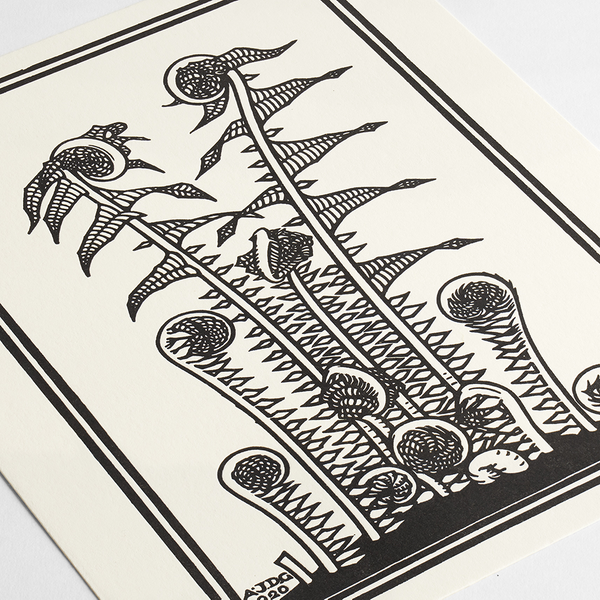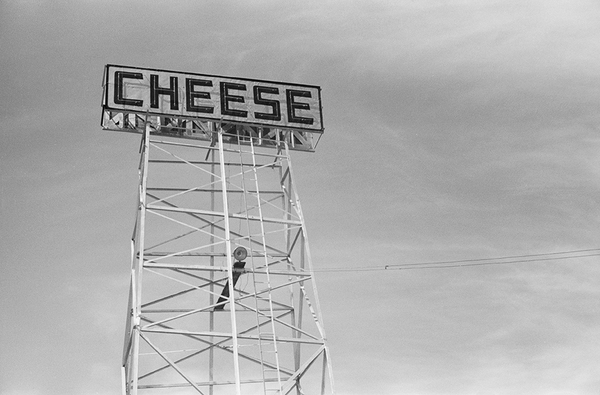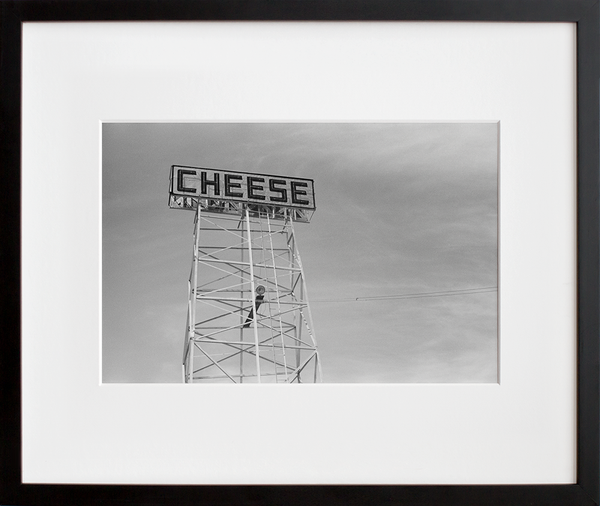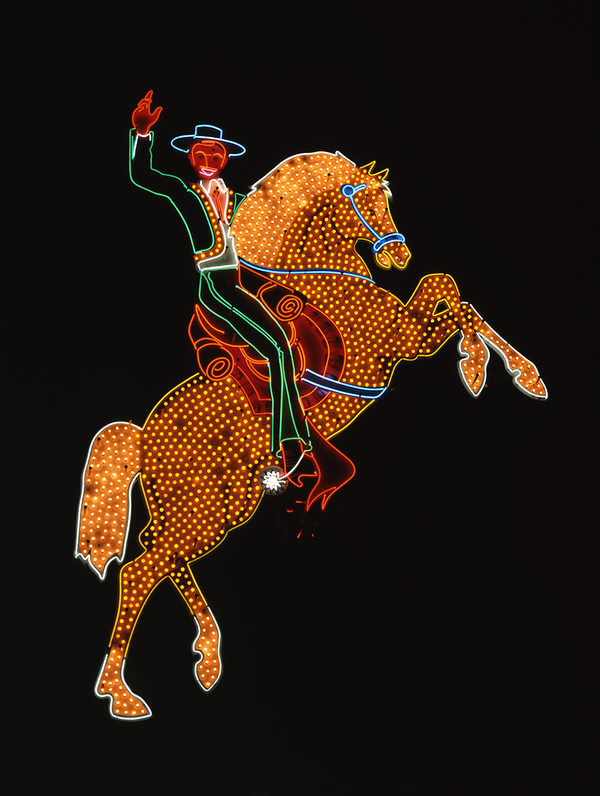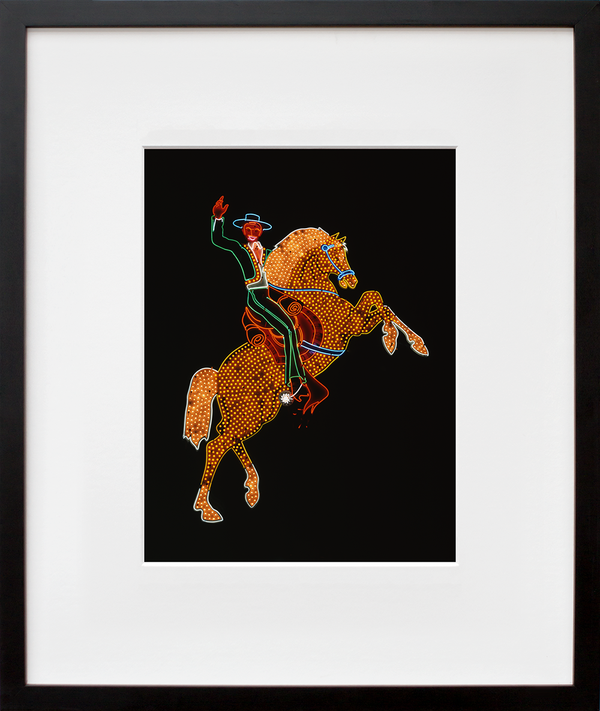
Signs in the windows of a Marcus Garvey club in the Harlem area by Gordon Parks
8"x8" ($24) | 11"x11" ($60) | 16"x16" ($240) | 20"x20" ($600)
It could be said that Gordon Parks' specialty was telling unexpected visual stories with exceptional eloquence. A pioneering film director, composer and writer, Parks was a bonafide polymath but is best remembered for his work in the field of documentary photojournalism. One of his most iconic images—Washington, D.C. Government charwoman—was created during his tenure with the photography program of the Farm Security Administration, along with numerous other stunning if less widely known images. Today's release is one of those lesser-known gems.
Parks held a year-long fellowship with the FSA as part of a government effort to document life in Depression-era America, honing his aesthetic and enriching what would be an enduring impetus behind his work: exploring the socio-economic impact of racism. He shot a handful of images outside of this Marcus Garvey club in Harlem, New York, focussing on Garvey’s supporters in front of the establishment.
This particular photograph is the only one that sheds light on the details of the window display. Centered among articles, full publications and a prayer for the president is a large portrait of Garvey, the Jamaican-born Black nationalist and founder of the Universal Negro Improvement Association (UNIA). Parks made this photo in 1943, three years after Garvey's death—a testament to Garvey's lasting influence in Harlem.
On assignment for the Office of War Information, Harlem captured Parks’ heart—so much so that he relocated to the NY neighborhood in 1947. His subsequent photo essay on a Harlem gang leader would go on to earn him a job at LIFE Magazine, making him the first Black photographer at the prominent publication. His historic trajectory can loosely be traced from self-taught photographer, to creating FSA images like today's edition release, to shooting for LIFE and Vogue and solidifying his reputation as an acclaimed artist.
There’s a narrative to follow in this image, a puzzle to piece together that’s as much about the club itself and its figurehead and the neighborhood as it is about ways of seeing. Turning his lens to Black lives, poverty and the Civil Rights Movement, Parks opened eyes to the realities facing Black Americans in the mid-20th century. But more broadly, he urged viewers to wake up to our own ignorance, to pay attention to that which too often goes overlooked—whether it be a thoughtfully arranged window display, a Harlem family at the Poverty Board, or a woman doing janitorial work in the halls of the FSA.
With art for everyone,
Jen Bekman + Team 20x200





